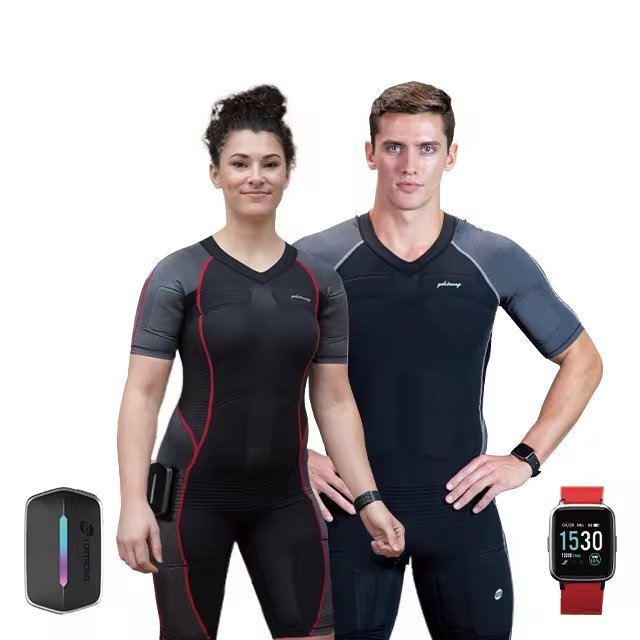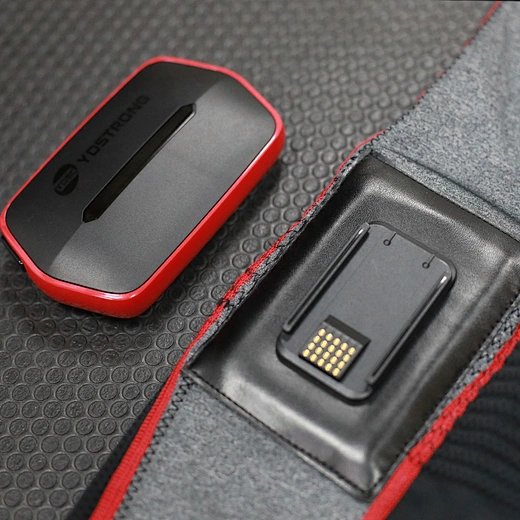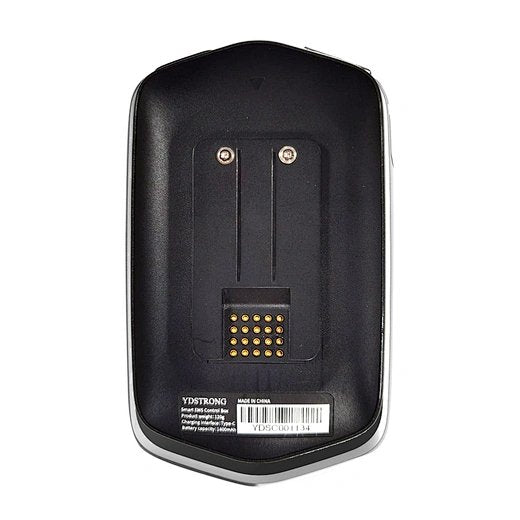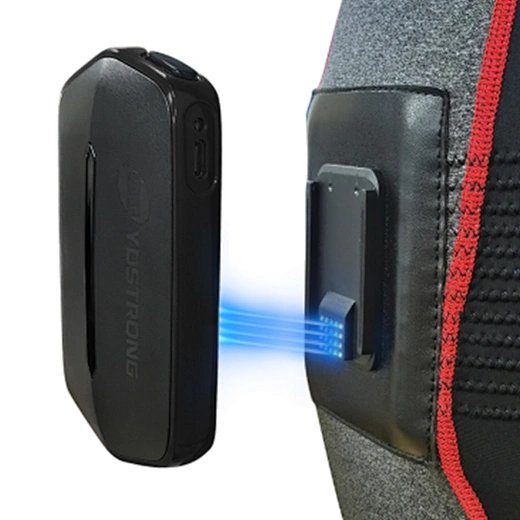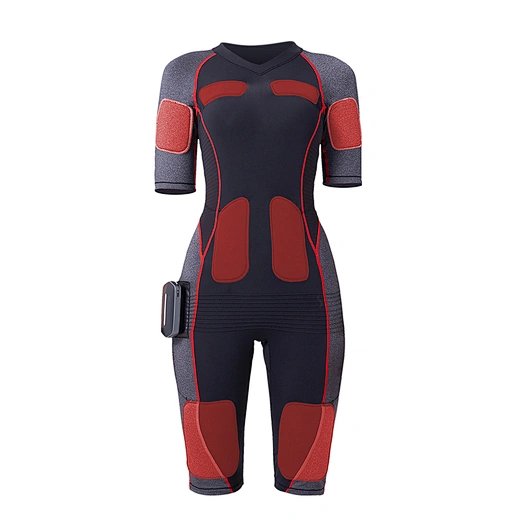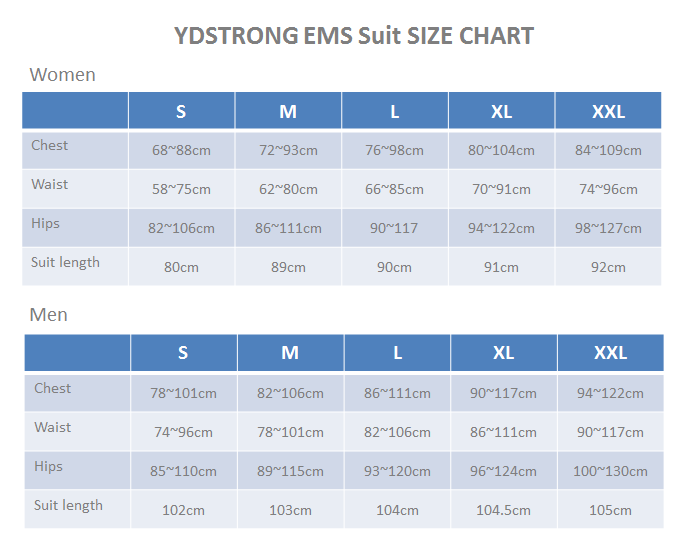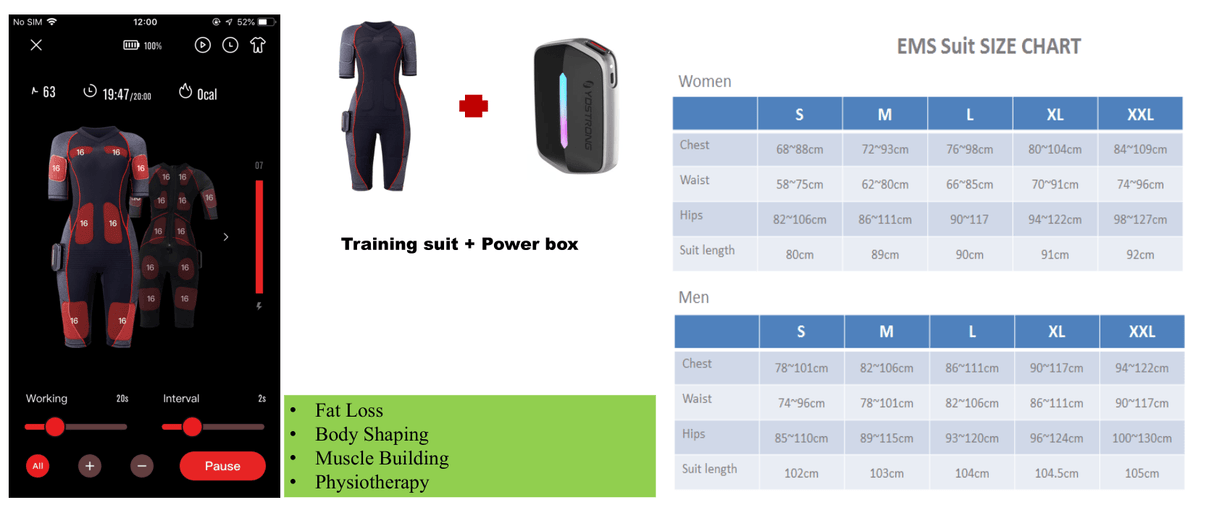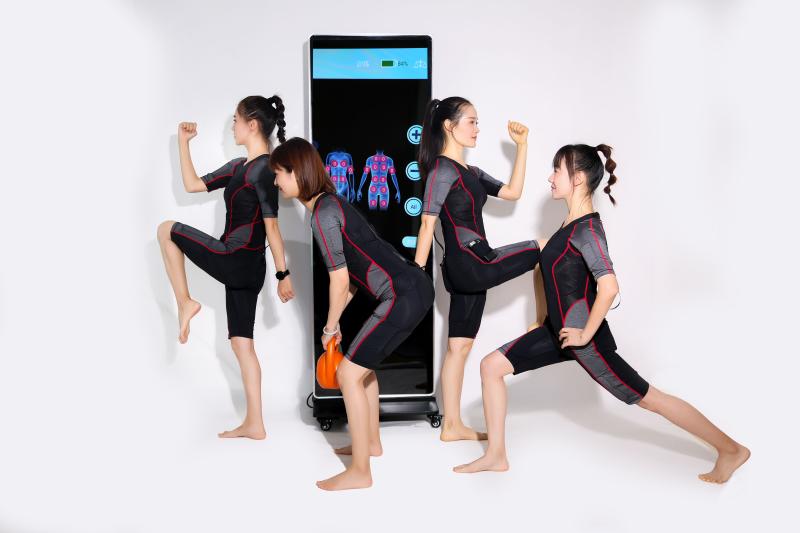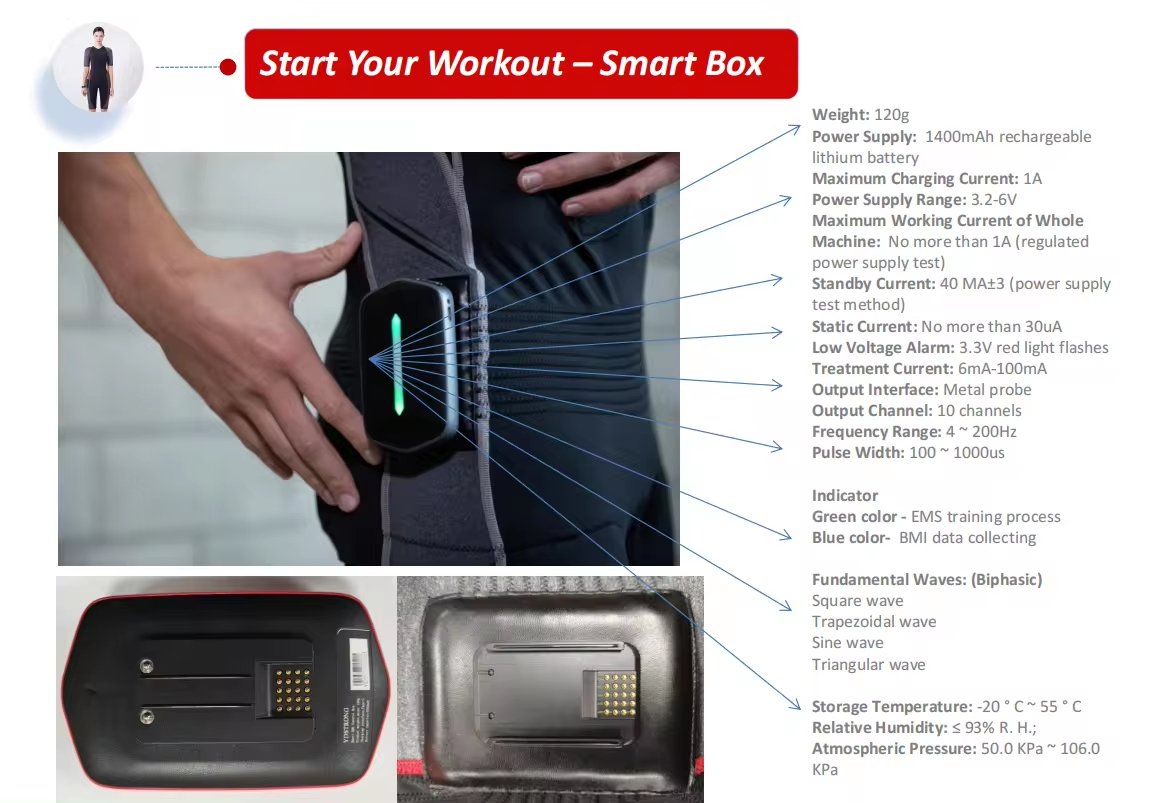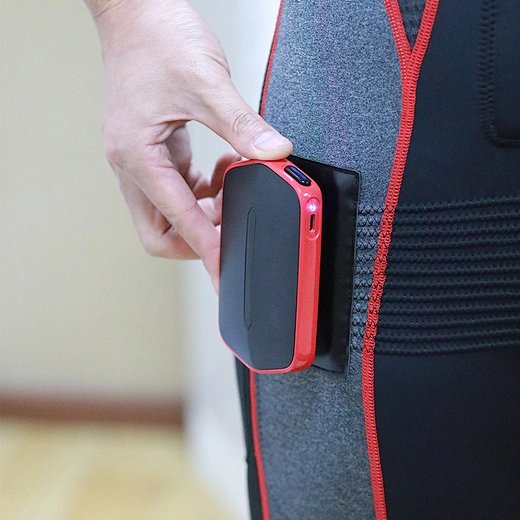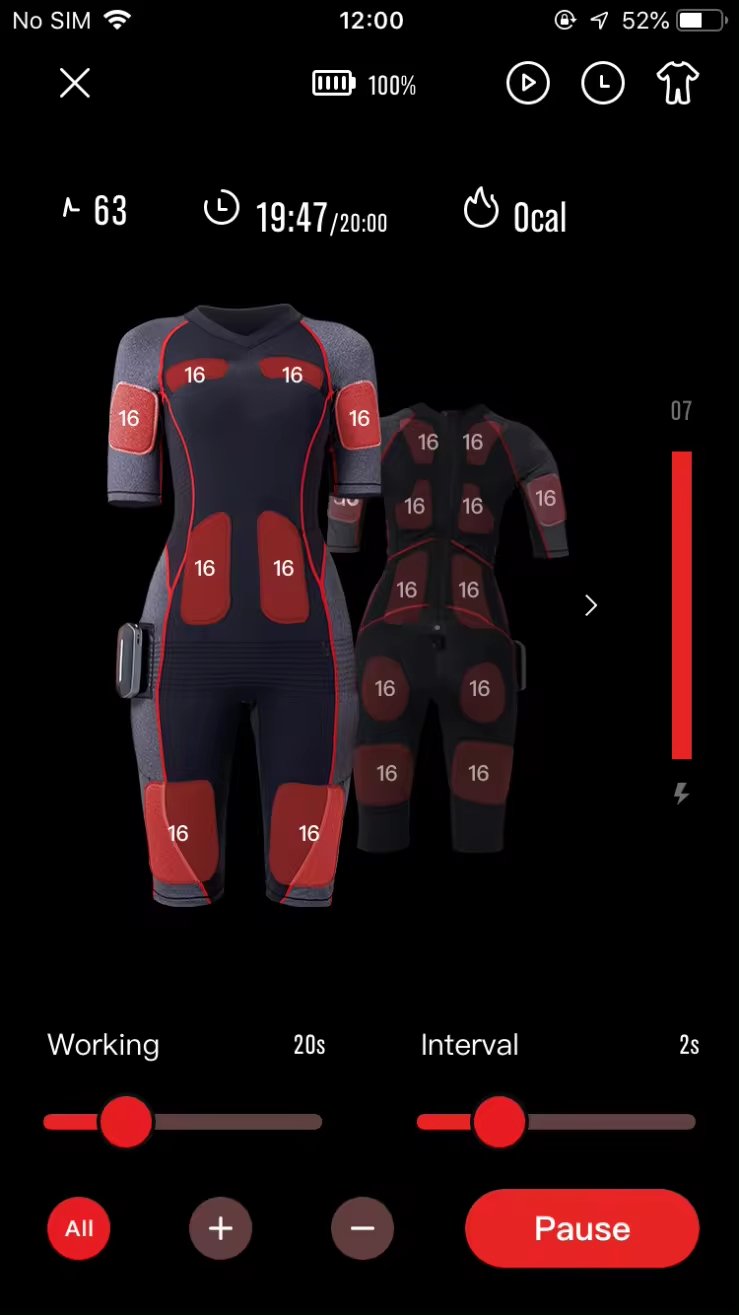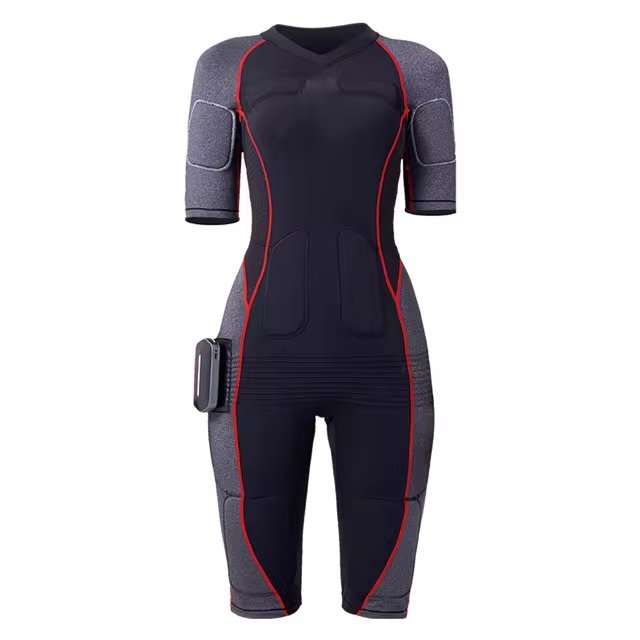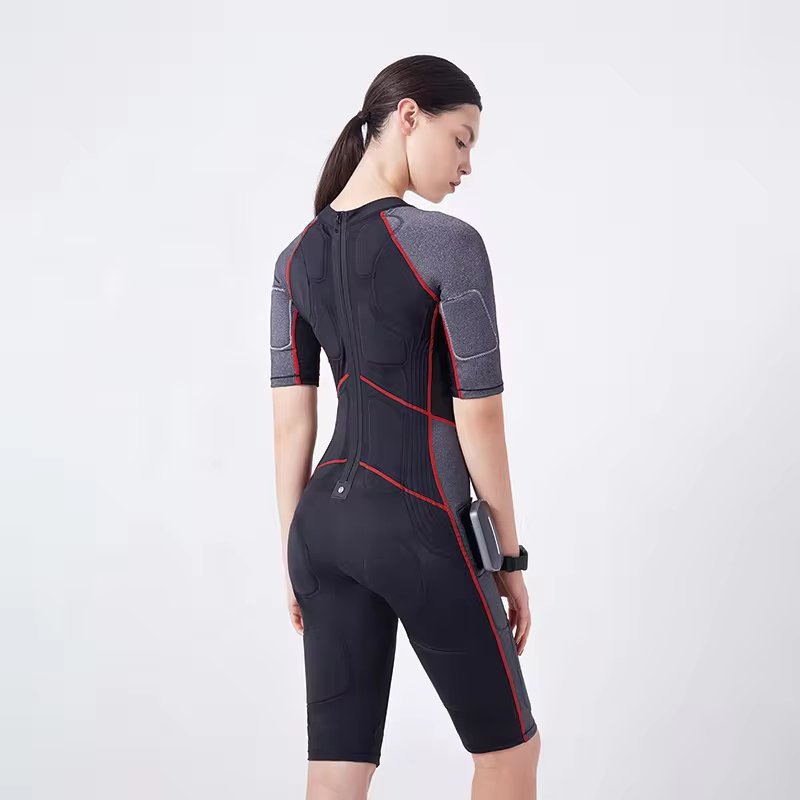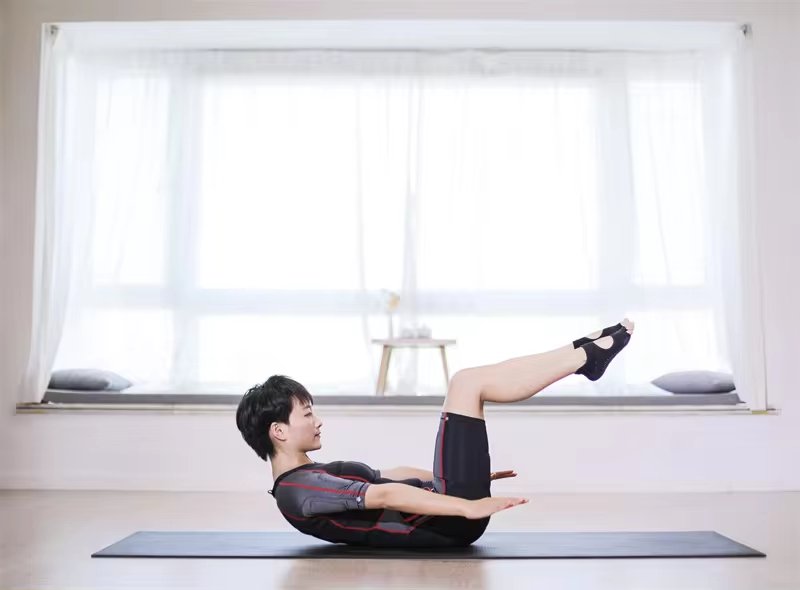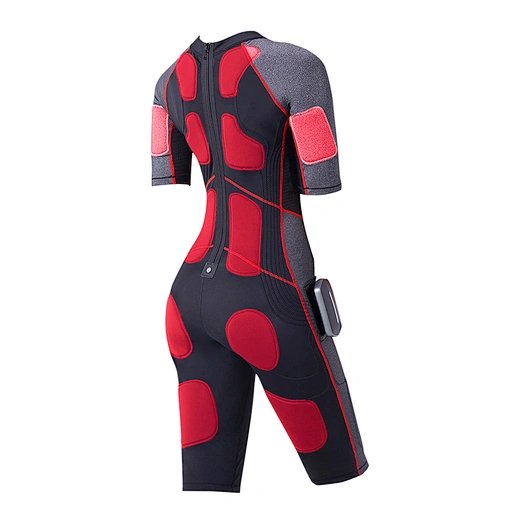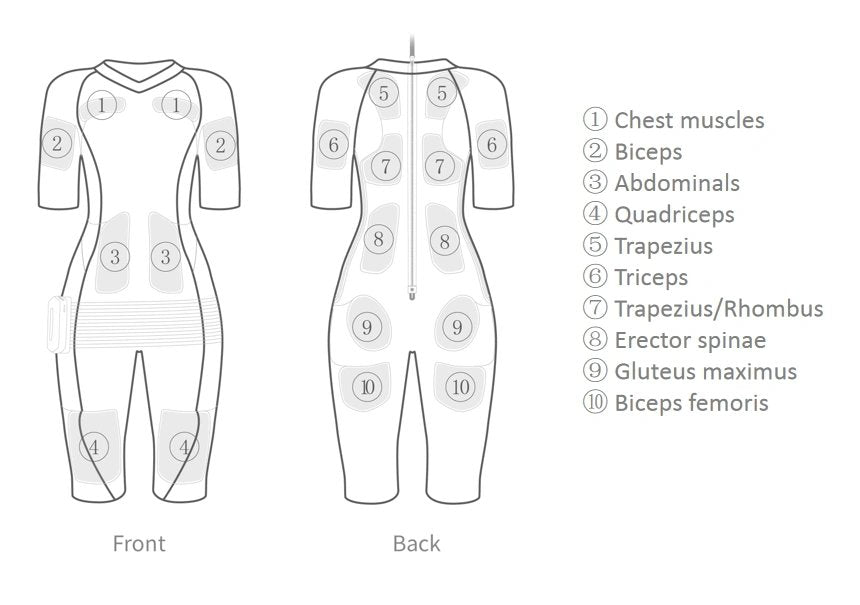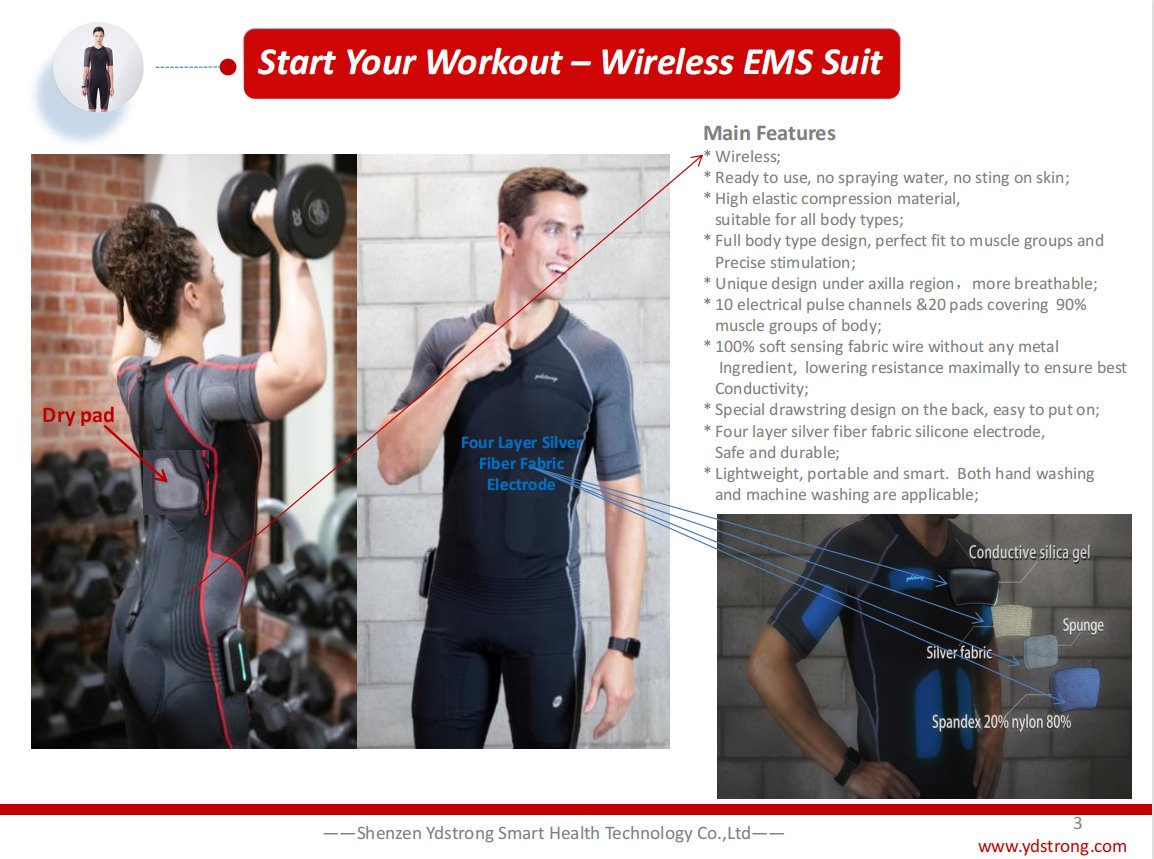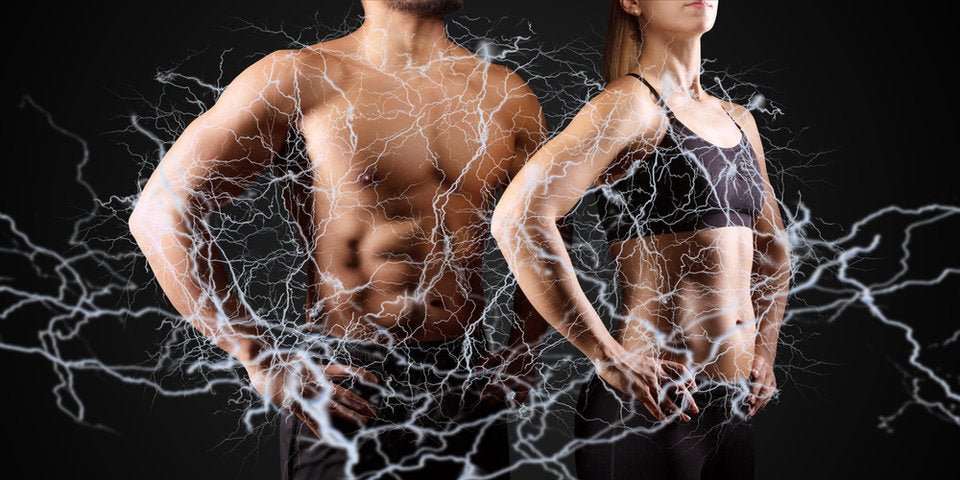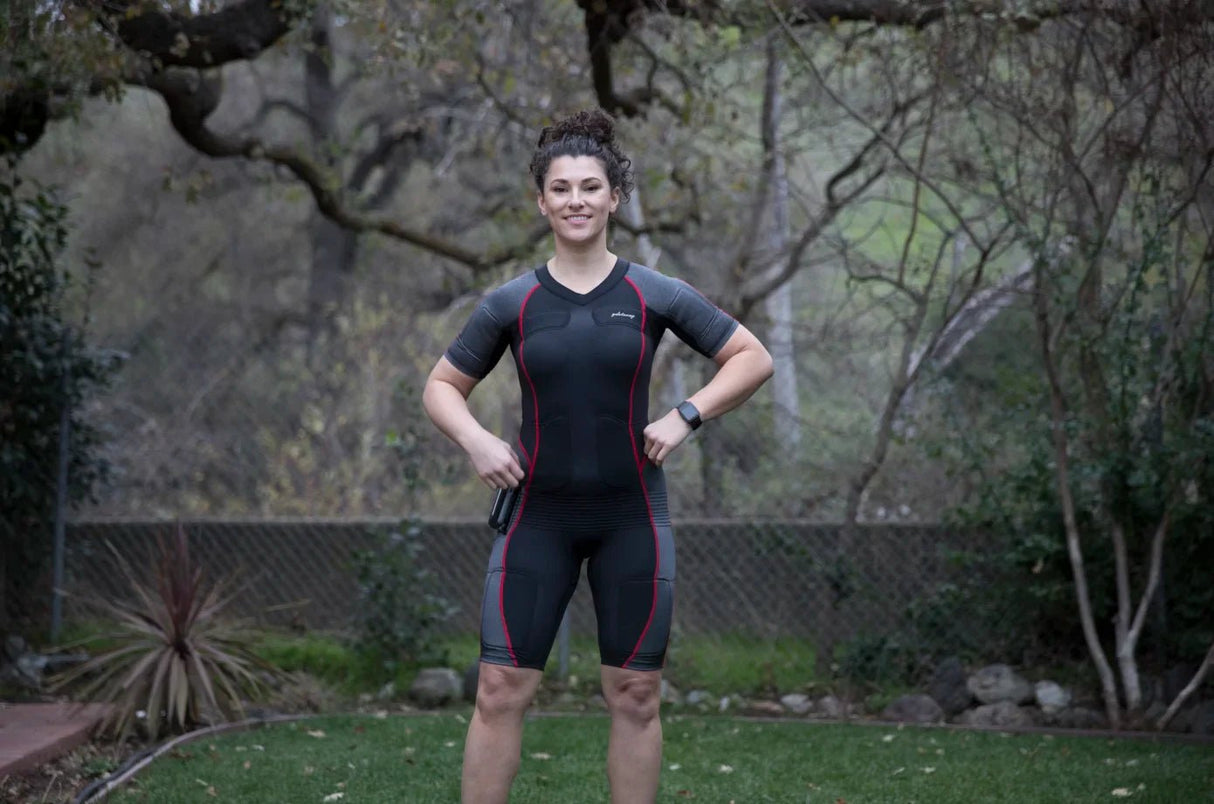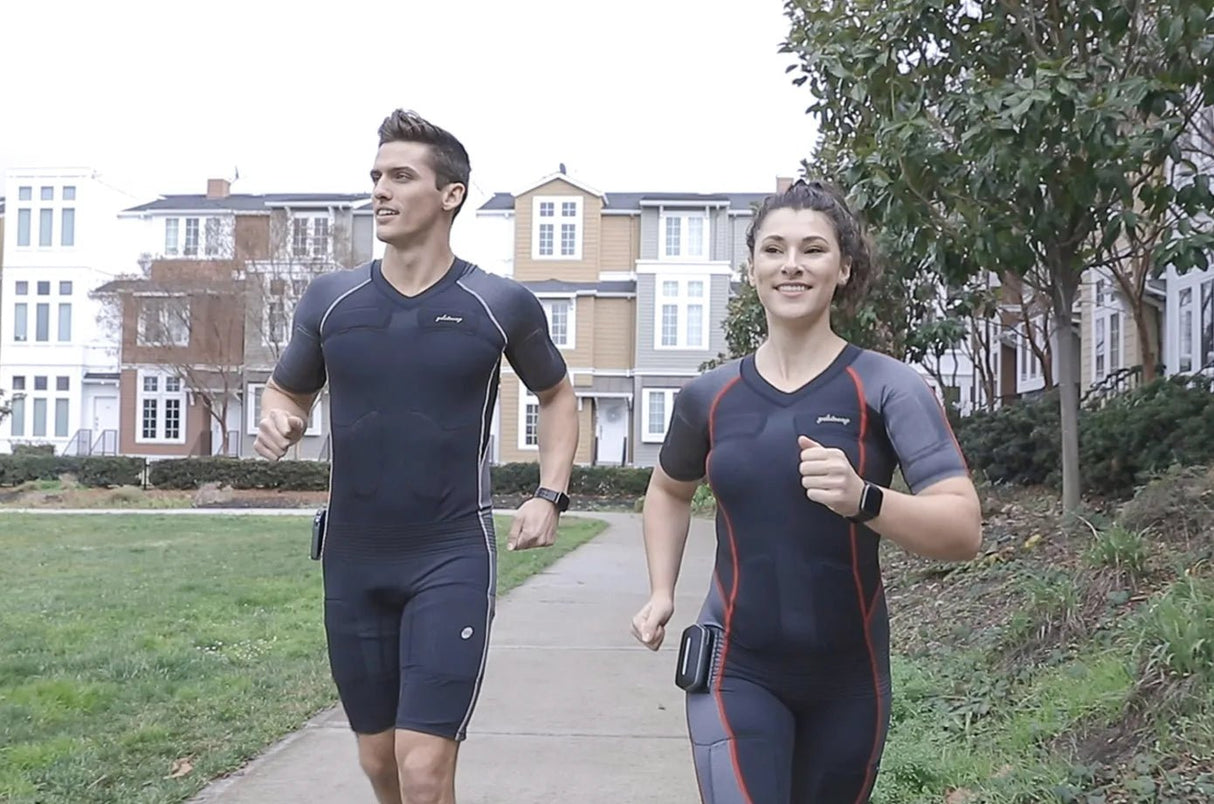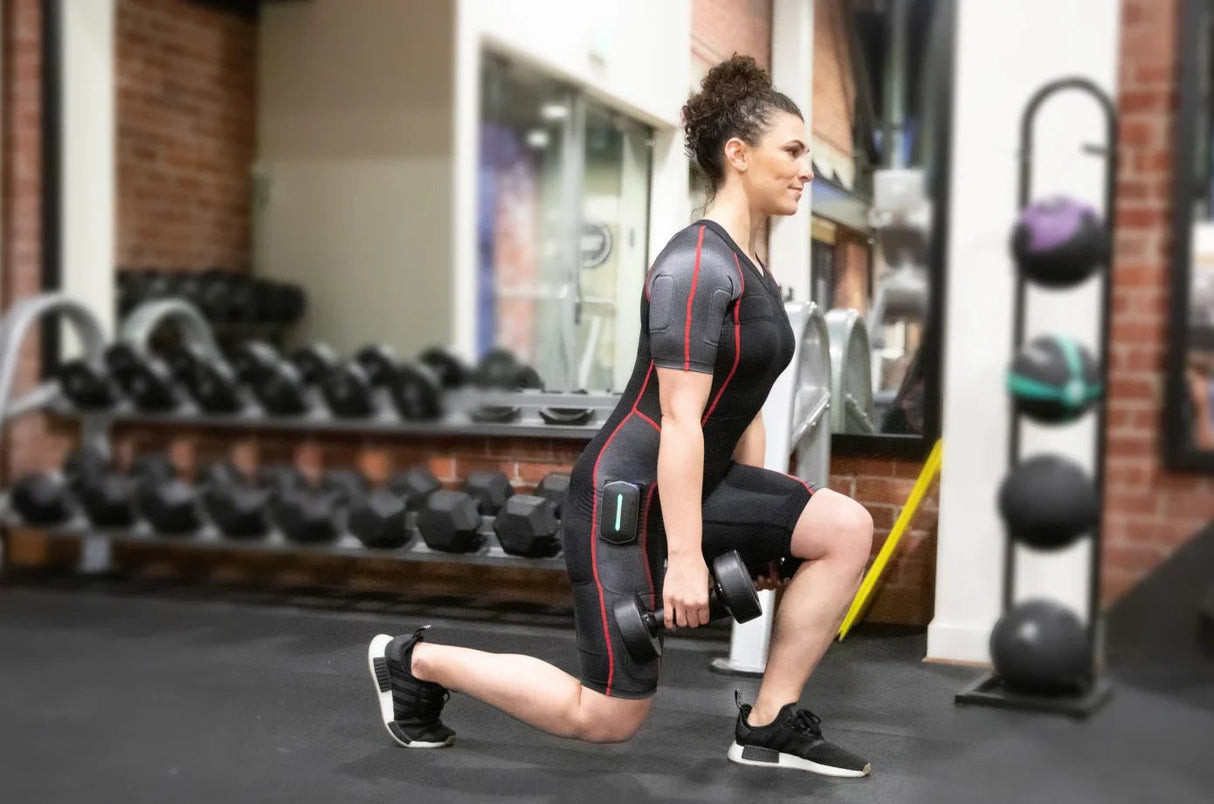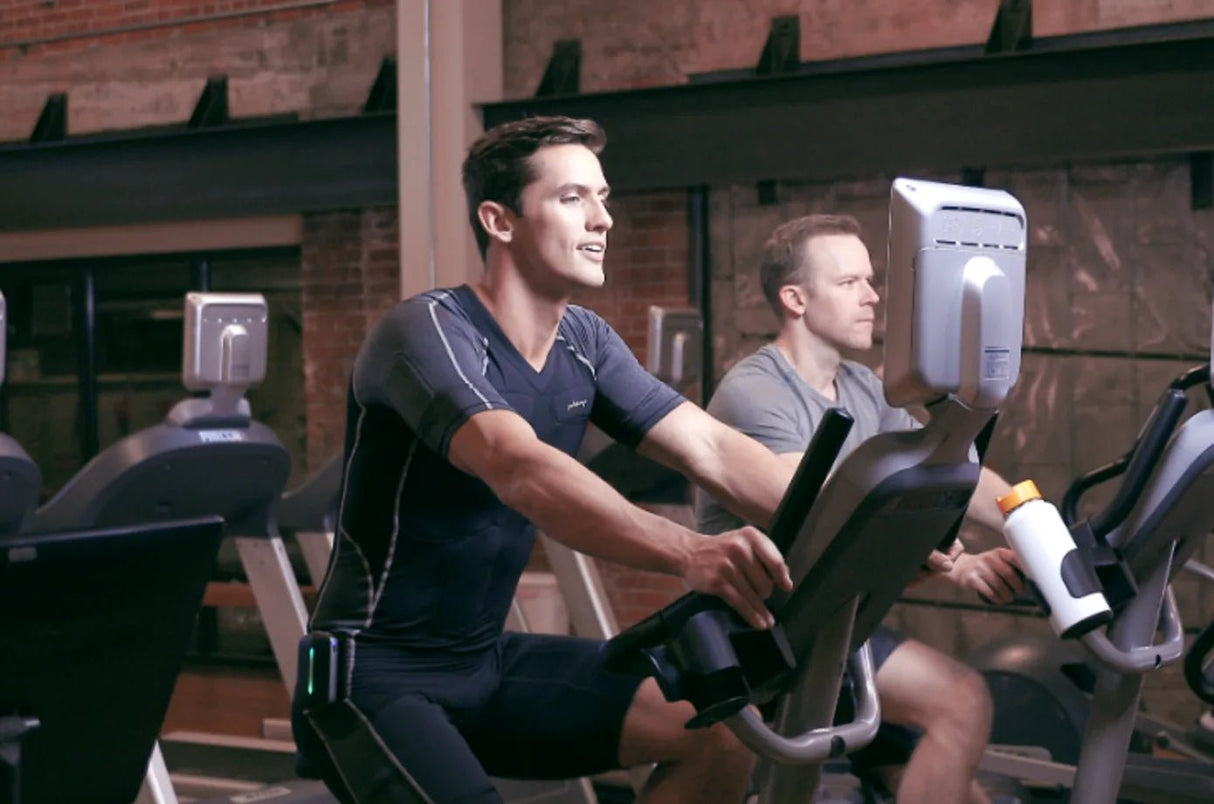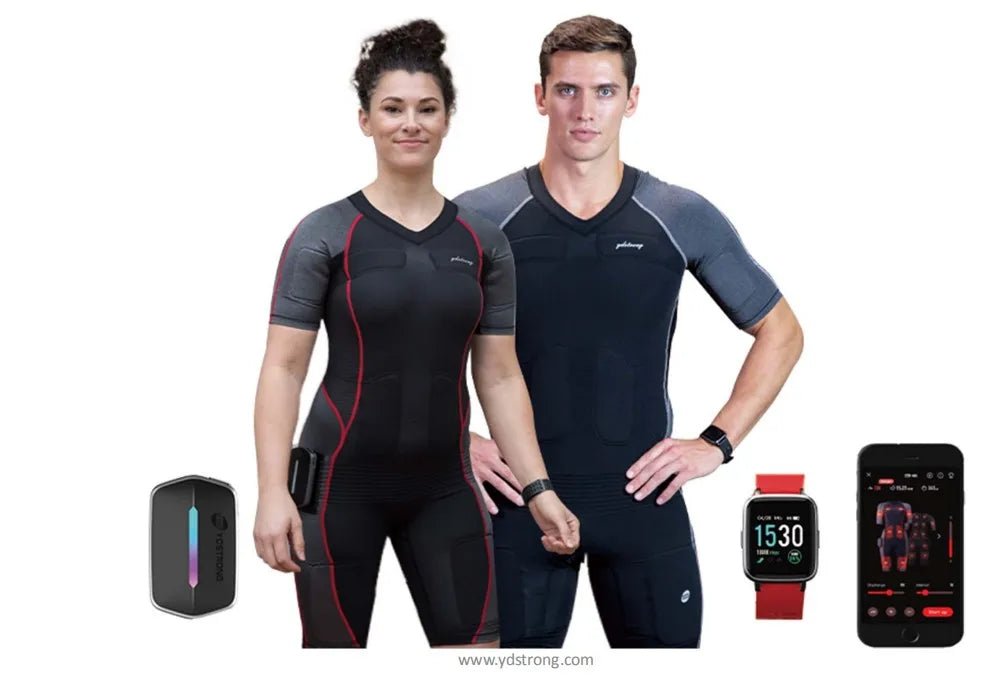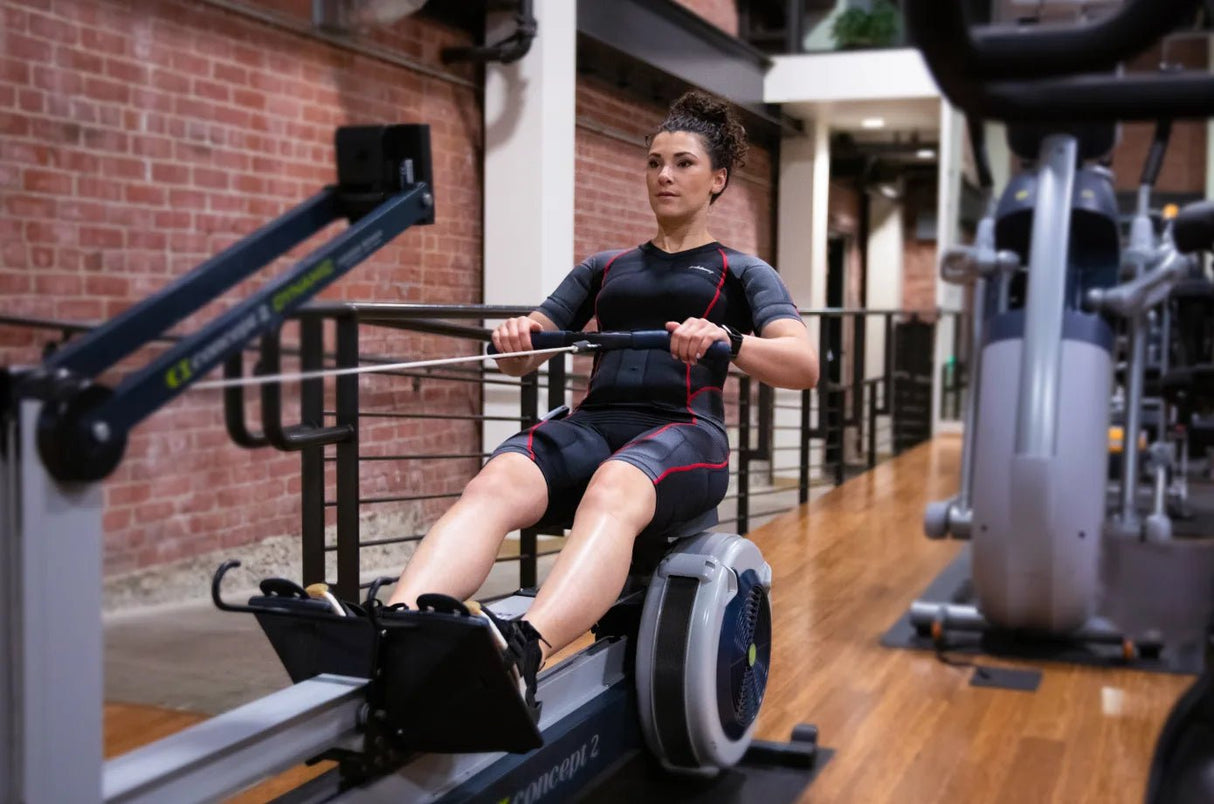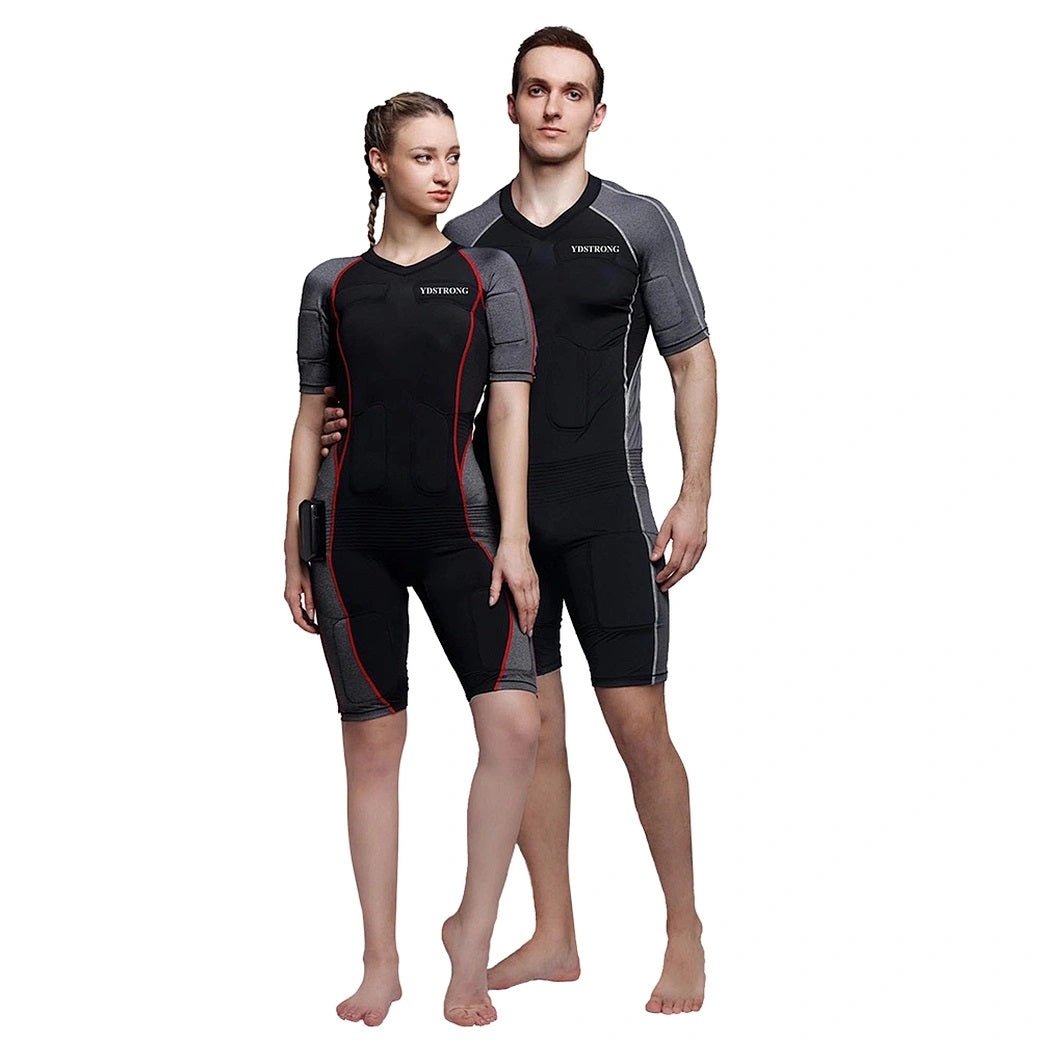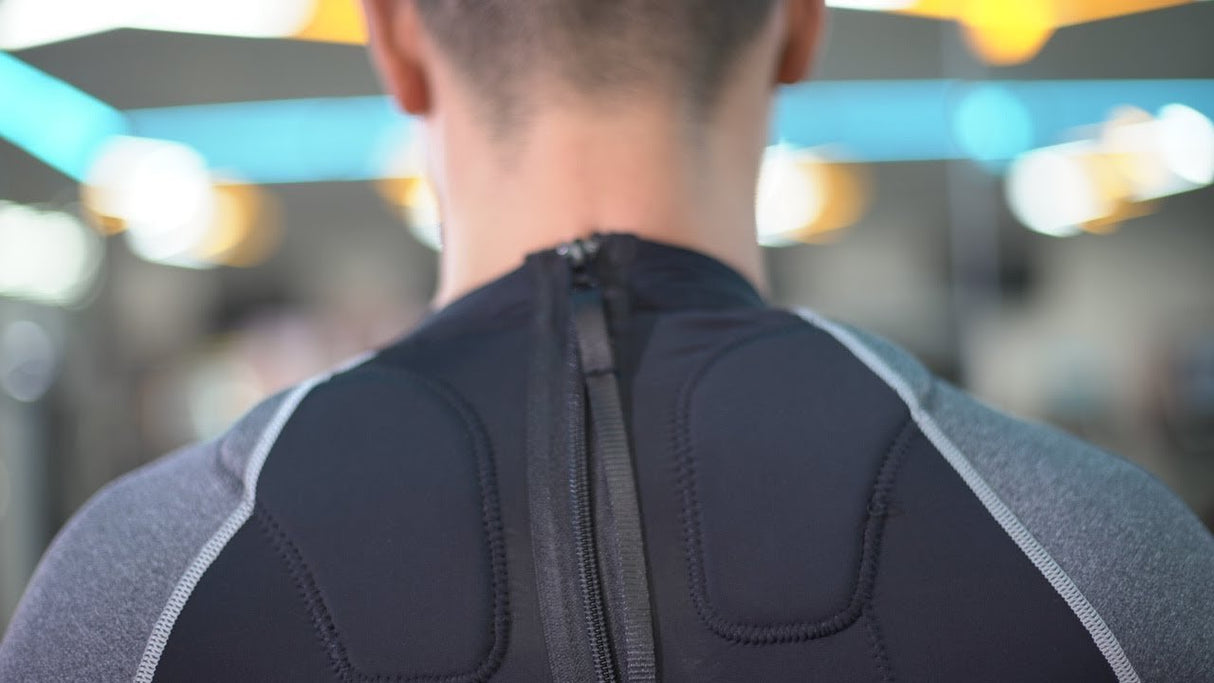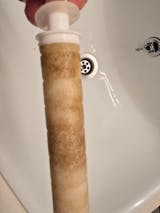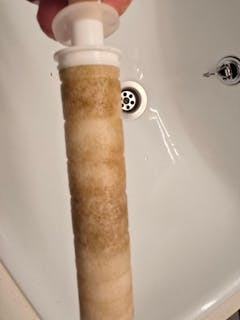Uno Vita's EMS Training Suit (Male Version)
Uno Vita's EMS Training Suit (Male Version) - Small / Black / Paint Black is backordered and will ship as soon as it is back in stock.
Attachment
YD-209C Wireless EMS Training Suit - Professional Muscle Stimulation at Home
Summary
The YD-209C is an advanced wireless EMS training suit designed for effective, full-body stimulation at home or in the gym. Using modern electro-muscle stimulation (EMS), up to 90% of the body's muscle groups are activated through 20 integrated electrode points in a comfortable and elastic suit design. The suit is ideal for muscle strength, recovery, weight loss, circulation and pain relief. It is suitable for both busy weekdays and professional sports use.
Health benefits
-
Increases muscle strength and promotes muscle toning
-
Stimulates deep muscle fibers inaccessible by traditional training
-
Makes training more efficient – the whole body is stimulated at the same time
-
Promotes faster recovery after physical activity
-
Improves blood circulation and metabolism
-
Can contribute to fat burning and weight loss
-
Reduces muscle and joint pain
-
Can relieve symptoms of chronic pain conditions such as fibromyalgia
-
Promotes better sleep and emotional balance
-
Ideal for rehabilitation in case of injury or physical limitation
Technical specifications and functions
-
Wireless EMS technology – no cables or need for gel/water
-
20 electrode pads cover 90% of the muscle groups in the body
-
Four-layer silver fiber fabric with built-in silicone electrodes
-
Elastic compression fabric adapts to all body types
-
High breathability - special design under the arms for ventilation
-
Integrated lacing for easy dressing and a perfect fit
-
Lightweight and washable (hand or machine wash)
-
Quiet and discreet use
-
Charges via USB (specifications included)
-
Control panel for individual adjustment of intensity
Scientific background for EMS
Electro-muscle stimulation is a documented method in rehabilitation, sports and training. The technology sends electrical impulses to the muscles to mimic natural contraction, which provides deeper muscle activation and effective training in less time. EMS has proven to be particularly useful for patients with reduced mobility and for athletes who want faster recovery and strength gains.
Perfect for:
-
Busy people who want effective full-body training at home
-
Athletes who want to improve recovery and performance
-
People with limited mobility, injuries or pain
-
Anyone who wants to strengthen their muscles and improve their health
Recommended use
Used 2–4 times per week, 20–30 minutes each time, in combination with light movement or rest. Individual intensity can be adjusted according to purpose and comfort.
Reservation
This is not a medical device. The suit must not be used to diagnose, treat, cure or prevent disease. Consult a doctor before use if you have a pacemaker, epilepsy, pregnancy or serious heart problems.
Disclaimer
All products from Uno Vita are intended to support general health and well-being, and are not a substitute for medical advice. In case of health problems, contact authorized health personnel.
Freedom of expression and right to information
This text has been prepared in line with the principles of freedom of expression and the right to share publicly available science. Uno Vita promotes an open, knowledge-based health dialogue in accordance with Norwegian and European legislation.
Scientific references
-
Filipovic A et al. Electromyostimulation – a systematic review of the influence of training regimen and stimulation parameters on effectiveness. Front Physiol. 2012.
-
Gondin J et al. Electrostimulation training effects on neural drive and muscle architecture. With Sci Sports Exerc. 2005.
-
Zampieri S et al. Muscle recovery after EMS in elderly subjects. Eur J Appl Physiol. 2015.
-
Porcari JP et al. The effects of neuromuscular electrical stimulation on muscle strength and function. J Sports Sci Med. 2002.
-
Kemmler W et al. EMS training for health and fitness: evidence-based benefits and safety. J Strength Cond Res. 2020.
-
Paillard T. Muscle plasticity in sedentary and master athletes: the role of EMS. Eur J Appl Physiol. 2011.
-
Herrero JA et al. Effects of whole-body EMS on strength and endurance in athletes. Int J Sports Med. 2006.
-
Micke P et al. EMS as part of chronic pain therapy: A meta-analysis. Pain Physician. 2018.
-
Laufer Y et al. Effect of EMS on muscle strength in elderly individuals. Arch Phys Med Rehabil. 2004.
-
Banerjee P et al. EMS training for rehabilitation and fitness. Eur J Phys Rehabil Med. 2005.
-
Specker B et al. Bone and muscle adaptation to EMS in older women. Osteoporosis Int. 2010.
-
Avila A et al. Neuromuscular adaptation in EMS and resistance training. With Sci Sports Exerc. 2014.
-
Nitsche MA et al. Modulation of cortical excitability by transcutaneous stimulation. Clin Neurophysiol. 2003.
-
Giggins OM et al. The use of wearable sensors for rehabilitation. With Eng Phys. 2013.
-
Maffiuletti NA et al. Neuromuscular electrical stimulation: mechanisms and clinical applications. Phys Ther. 2011.
-
Riva D et al. Neuromuscular stimulation in the elderly for mobility improvement. Eur J Aging. 2013.
-
Kots YM. From electromyostimulation to sport: Russian training. Sleep Sports Rev. 1971.
-
Glaviano NR et al. Neuromuscular electrical stimulation for rehabilitation. J Athl Train. 2011.
-
Malnick SD et al. Physical activity and health: EMS as alternative modality. Eur J Intern Med. 2006.
-
Shields RK. Use of EMS to reduce disuse atrophy. Phys Ther. 2002.
-
Bax L et al. Effects of whole-body EMS on body composition and cardiovascular parameters. Obesity Res. 2015.
